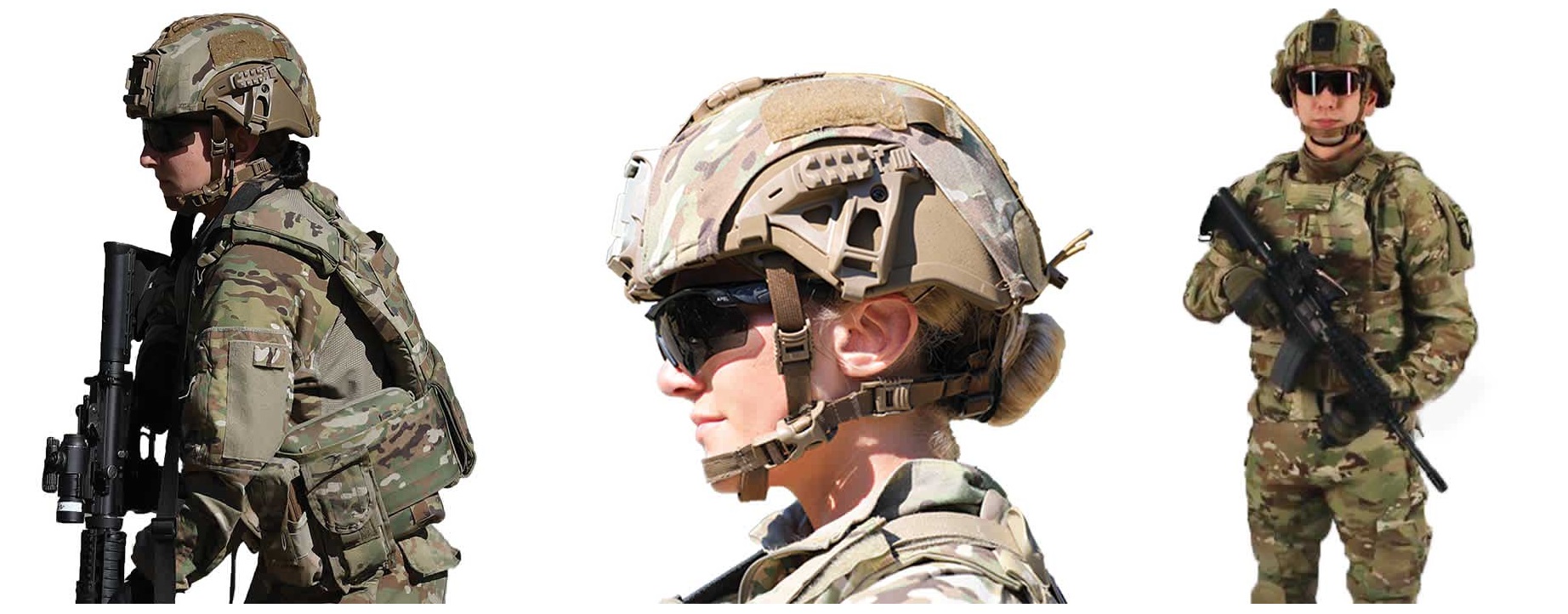The U.S. Army is currently working to ensure that all Soldiers have cutting edge equipment and armor that fit comfortably and retains high-level protection under the Soldier Protection System (SPS) program.
The SPS is a next-generation modular, scalable, tailorable system designed to defeat current threats at a reduced weight in comparison to the Army’s existing Personal Protective Equipment (PPE) system.
The SPS is a suite of personal protection subsystems intended to, at a reduced weight, provide equal or increased levels of protection against small-arms and fragmenting threats compared to existing personal protection equipment. The SPS subsystems are designed to protect a soldier’s head, eyes, and neck region; the vital torso and upper torso areas, as well as the extremities; and the pelvic region. Soldiers can configure the various components to provide different tiers of protection depending on the threat and the mission.
SPS increases the warfighter’s survivability, mobility, modularity and lethality by optimizing Soldier protection while effectively reducing weight with the latest technologies and managing all life cycle aspects of personal protective equipment. SPS provides the Soldier with multiple levels of ballistic protection tailorable to a broad range of missions.
The Soldier Protection System consists of four subsystems: Vital Torso Protection (VTP); Torso and Extremity Protection (TEP); Integrated Head Protection System (IHPS); and Military Combat Eye Protection (MCEP).
The Vital Torso Protection (VTP) variants include lighter weight Enhanced Small Arm Protective Inserts/Enhanced Side Ballistic Inserts (ESAPI/ESBI), as well as the X Threat Small Arms Protective Inserts (XSAPI) and X Threat Side Ballistic Inserts (XSBI) for deployers.
The Torso and Extremity Protection (TEP) is further comprised of multiple components, including the Modular Scalable Vest (MSV), the Ballistic Combat Shirt (BCS) and the Blast Pelvic Protector (BPP).
The Integrated Head Protection System (IHPS) will include a 5 percent lighter weight helmet system composed of helmet/maxillofacial, Military Combat Eye Protection (MCEP) and passive hearing protection with increased blunt impact performance. MCEP is a large selection of protective eyewear included on the Army’s Authorized Protective Eyewear List (APEL).
The annual report issued by the Director, Operational Test and Evaluation (DOT&E) has revealed fresh details of the SPS program and reported that еhe Army began testing new, lighter-weight Vital Torso Protection designs from multiple vendors in the third quarter of the fiscal year 2019. Upon completion of testing, the Army intends to make a subsequent Full-Rate Production decision on these lighter-weight VTP designs.
It also added that the Army plans to complete additional full-up system-level testing of the SPS (with all subsystems combined) against additional threats in the first quarter of the fiscal year 2021.
